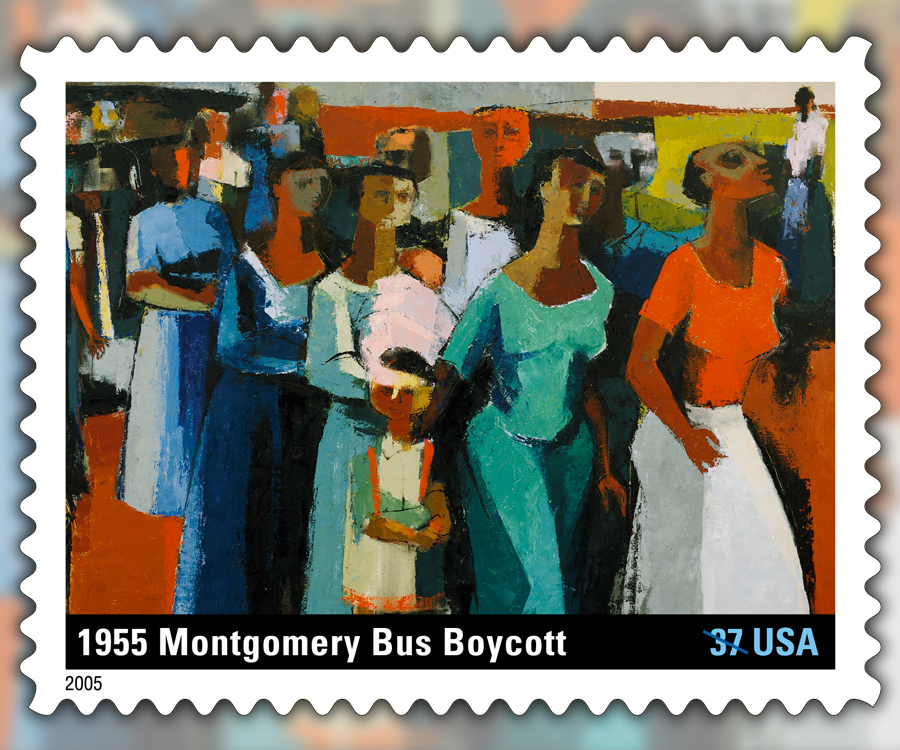The year-long Montgomery Bus Boycott began 64 years ago this month. Here are seven facts about the protest and how it shaped the civil rights movement.
1. Discriminatory laws were at the heart of the boycott. African Americans in Montgomery, AL, were required by city ordinance to sit in a separate section on city buses and to give up their seats to white riders if instructed to do so by bus drivers. These racial segregation laws were common throughout the South.
2. On Dec. 1, 1955, Rosa Parks refused to give up her seat. The African American seamstress was riding the bus home from her job at a department store in Montgomery. She was seated in the front row of the “colored section” when the driver asked her and three others to give up their seats for white riders. The other riders complied, but Parks did not, which led to her arrest and eventual fine of $10, plus $4 in court costs.
3. On Dec. 5, 1955, approximately 40,000 African American riders began boycotting the bus system. The leaders of the boycott — the Montgomery Improvement Association — demanded that bus drivers treat all riders with courtesy, hire black drivers and implement a first-come, first-seated policy.
4. The leader of the Montgomery Improvement Association — and the boycott — was Martin Luther King Jr. He was 26 at the time and the pastor of the Dexter Avenue Baptist Church in Montgomery. He would go on to become the foremost leader of the civil rights movement.
5. A group of four Montgomery women sued the city in U.S. District Court, which ruled in their favor. On June 5, 1956, the court found that laws requiring racially segregated seating on buses violated the 14th Amendment, which guarantees all citizens equal protection under state and federal laws.
6. The bus boycott ended on Dec. 21, 1956. Following the District Court ruling, the city of Montgomery appealed to the U.S. Supreme Court, which upheld the District Court ruling. Federal marshals served notice Dec. 20 to city officials. The buses were integrated the next day, 381 days after the boycott began.
7. The Postal Service has issued four stamps connected to the Montgomery Bus Boycott. King appeared on two stamps, one issued in 1979 and another issued in 1999. A stamp depicting the boycott was issued in 2005 as part of the Postal Service’s To Form a More Perfect Union issue. Parks was honored with a stamp in 2013.
